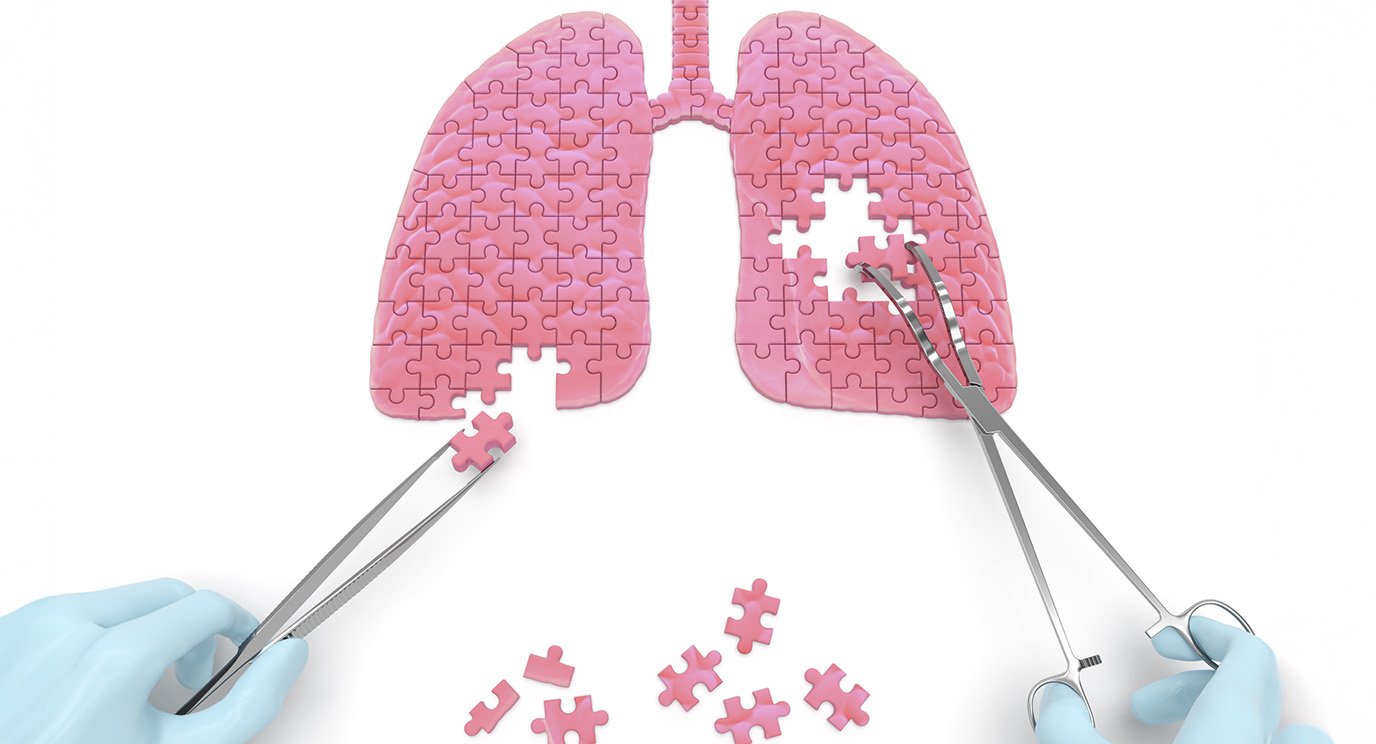- Diseases
- Acoustic Neuroma (16)
- Adrenal Gland Tumor (24)
- Anal Cancer (70)
- Anemia (2)
- Appendix Cancer (18)
- Bile Duct Cancer (26)
- Bladder Cancer (74)
- Brain Metastases (28)
- Brain Tumor (234)
- Breast Cancer (724)
- Breast Implant-Associated Anaplastic Large Cell Lymphoma (2)
- Cancer of Unknown Primary (4)
- Carcinoid Tumor (8)
- Cervical Cancer (164)
- Colon Cancer (168)
- Colorectal Cancer (118)
- Endocrine Tumor (4)
- Esophageal Cancer (44)
- Eye Cancer (36)
- Fallopian Tube Cancer (8)
- Germ Cell Tumor (4)
- Gestational Trophoblastic Disease (2)
- Head and Neck Cancer (14)
- Kidney Cancer (130)
- Leukemia (342)
- Liver Cancer (50)
- Lung Cancer (286)
- Lymphoma (278)
- Mesothelioma (14)
- Metastasis (30)
- Multiple Myeloma (100)
- Myelodysplastic Syndrome (60)
- Myeloproliferative Neoplasm (6)
- Neuroendocrine Tumors (16)
- Oral Cancer (102)
- Ovarian Cancer (176)
- Pancreatic Cancer (160)
- Parathyroid Disease (2)
- Penile Cancer (14)
- Pituitary Tumor (6)
- Prostate Cancer (150)
- Rectal Cancer (58)
- Renal Medullary Carcinoma (6)
- Salivary Gland Cancer (14)
- Sarcoma (238)
- Skin Cancer (300)
- Skull Base Tumors (56)
- Spinal Tumor (12)
- Stomach Cancer (66)
- Testicular Cancer (28)
- Throat Cancer (92)
- Thymoma (6)
- Thyroid Cancer (100)
- Tonsil Cancer (30)
- Uterine Cancer (86)
- Vaginal Cancer (18)
- Vulvar Cancer (22)
- Cancer Topic
- Adolescent and Young Adult Cancer Issues (22)
- Advance Care Planning (12)
- Biostatistics (2)
- Blood Donation (18)
- Bone Health (8)
- COVID-19 (360)
- Cancer Recurrence (120)
- Childhood Cancer Issues (120)
- Clinical Trials (628)
- Complementary Integrative Medicine (22)
- Cytogenetics (2)
- DNA Methylation (4)
- Diagnosis (238)
- Epigenetics (6)
- Fertility (62)
- Follow-up Guidelines (2)
- Health Disparities (14)
- Hereditary Cancer Syndromes (128)
- Immunology (18)
- Li-Fraumeni Syndrome (8)
- Mental Health (120)
- Molecular Diagnostics (8)
- Pain Management (62)
- Palliative Care (8)
- Pathology (10)
- Physical Therapy (18)
- Pregnancy (18)
- Prevention (936)
- Research (390)
- Second Opinion (78)
- Sexuality (16)
- Side Effects (616)
- Sleep Disorders (10)
- Stem Cell Transplantation Cellular Therapy (216)
- Support (408)
- Survivorship (328)
- Symptoms (182)
- Treatment (1788)
Understanding orchiectomies: What you need to know
4 minute read | Published October 29, 2024
Medically Reviewed | Last reviewed by José Karam, M.D. on October 29, 2024
Orchiectomy — also known as orchidectomy — is the scientific term for the surgical removal of a testicle. It is usually performed to treat and confirm a diagnosis of testicular cancer, though it may be done for other reasons.
If you’ve been told that you need this procedure, you might have some concerns. Does an orchiectomy hurt? How will it change the way your body looks and functions? Will you still be able to have sex and father children?
Here is what I tell my patients about orchiectomies.
Orchiectomies are simple, outpatient procedures
You might think that an orchiectomy is a major surgery since an organ is being removed from your body. But it’s actually a very simple procedure. It can generally be completed in less than 30 minutes.
You might also think that an orchiectomy requires cutting into the scrotum itself. Again, you’d be mistaken. Surgeons usually make a small incision in the groin area, similar to the type made during an inguinal hernia repair. They remove the testicle and spermatic cord through that opening. No drains are placed and skin sutures will disappear on their own, with time.
Orchiectomies are normally performed on an outpatient basis. That means you can go home on the same day you have one. But you won’t be able to drive yourself, because you’ll be given some combination of local and general anesthesia to keep you comfortable both during and after the procedure.
Differences in function after an orchiectomy
How an orchiectomy affects you will depend on several factors, including whether your second testicle is still present and healthy.
You might not notice much difference in the way your body functions, for instance, if you:
- Are already infertile
- Have low testosterone levels
- Are finished having children
But since most of our testicular cancer patients are still fairly young, we offer them a referral to a fertility specialist before surgery. That way, they can get a baseline on their status and function and consider banking sperm. This is especially important if they’ll need additional treatments afterward because chemotherapy in particular can cause infertility.
But an orchiectomy should not affect your sex life. You can still get an erection after an orchiectomy.
Differences in appearance after an orchiectomy
After an orchiectomy, your scrotum may look empty on the side that had the testicle removed. But it’s usually not very noticeable, especially if you still have your other testicle.
We do offer testicular prostheses, though, for patients who want them. These purely cosmetic devices are very similar to breast implants. They’re made out of a silicone shell and filled with a saline solution. We install them during the same surgery, right after the orchiectomy. It only adds a few minutes to the procedure. They can make the scrotum look almost the same way it did before surgery.
Some other conditions might require an orchiectomy
Some non-cancerous conditions can also lead to an orchiectomy. These include:
- Torsion: when the spermatic cord twists around itself, cutting off a testicle’s blood supply
- Trauma: any injury that shatters or ruptures a testicle
- Infection: especially a severe one that is not responding to antibiotics
Orchiectomies can also sometimes be used as a form of surgical castration to treat metastatic prostate cancer. But that only occurs in areas where hormone therapy is not consistently available. None of those are situations we typically deal with here.
A couple of non-cancerous conditions can also be confused with testicular cancer, but they don’t require an orchiectomy. These are:
- Hydrocele: scrotal swelling caused by fluid around the testicle; usually seen in children or the elderly
- Varicocele: enlargement of the veins around the testicle that can cause infertility
Orchiectomies can be both diagnostic and curative
When someone has a testicular mass, we start their workup with a medical history, physical examination, scrotal ultrasound and blood work to check for tumor markers. In general, we consider a testicular mass cancerous until proven otherwise. That’s because, in more than 95% of cases, it is. Usually, testicular masses turn out to be some form of testicular cancer. But in very, very rare cases, leukemia and lymphoma turn out to be the cause.
The good news is that testicular cancer is fairly rare. And, when found early, it’s often curable with just an orchiectomy. According to the American Cancer Society, of the almost 10,000 people diagnosed with testicular cancer each year, only about 500 — or less than 5% of them — will die from it.
Unlike many other cancers, testicular cancer is also found most frequently among people in their late teens, 20s and 30s. It can happen later in life, but that’s pretty uncommon. Testicular cancer typically grows very fast, too. So, if you notice a mass in your scrotum, don’t ignore it or wait for it to go away. Get checked out immediately.
José Karam, M.D., is a urologic surgeon who specializes in kidney and testicular cancers.
Request an appointment at MD Anderson online or call 1-877-632-6789.

It’s actually a very simple procedure.
José Karam, M.D.
Physician





